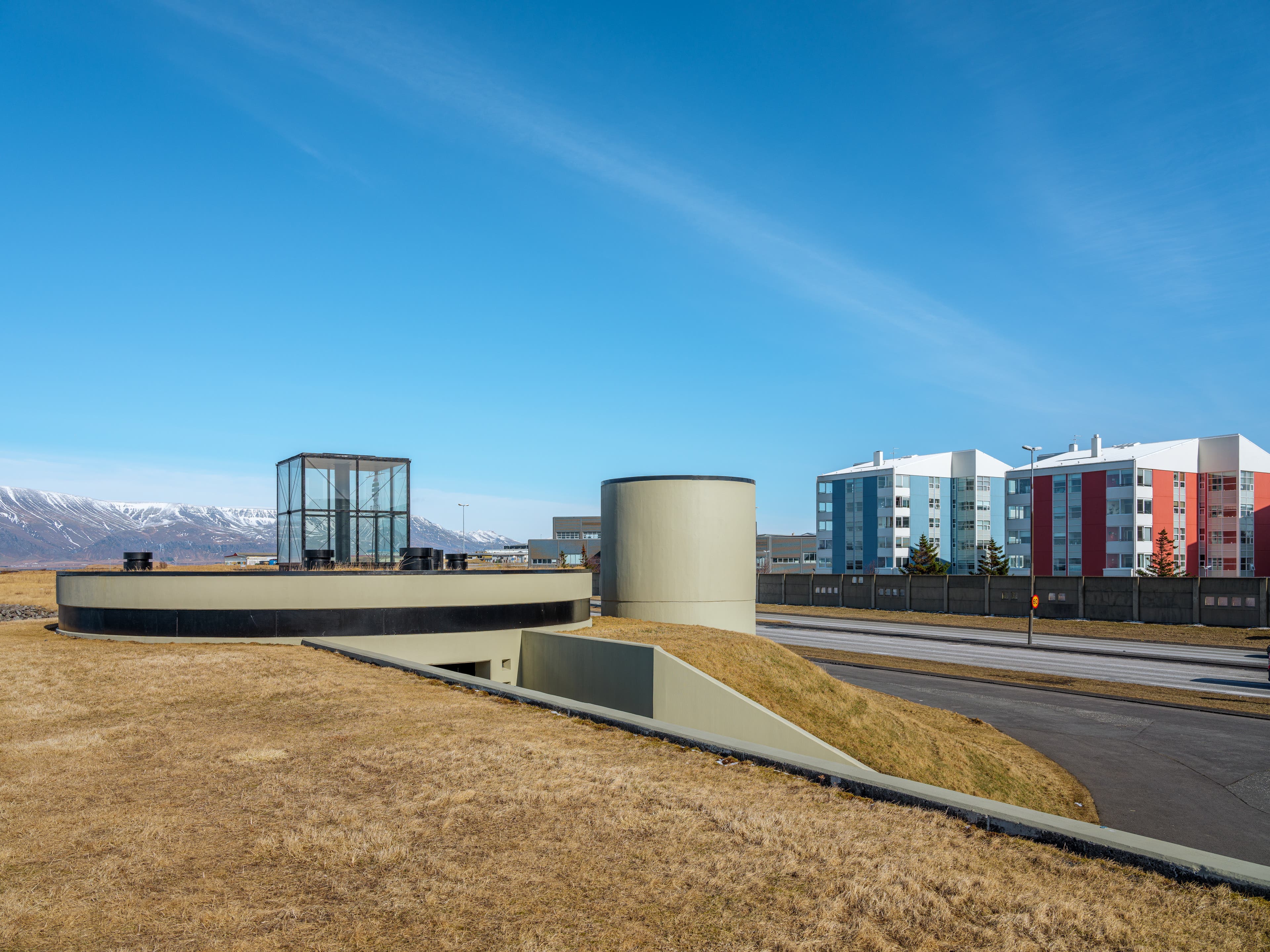Wastewater treatment facility
Wastewater comes from users, both households and industry and is pumped through pumping stations into refineries. Surface water from streets goes directly to the receptor or mixes with wastewater and is pumped from there to a pumping station.

Wastewater collection system
Treatment plants are of two types; primary treatment stations along the coastlines that deliver treated wastewater several miles out to sea and two-stage biological treatment plants operated by urban centres in rural areas where the receptor is sensitive, such as rivers and lakes.

Man-made ponds at Norðlingaholt, Grafarholt, Fossvogur and elsewhere in the metropolitan area play an important role in the wastewater system by reducing the number of pollutants that could end up in rivers and streams and could have an adverse effect on the ecosystem. Surface water from the streets and gardens run into ponds where pollutants such as asphalt, rubber particles from tires, metals and heavy metals, fall to the bottom and oils and gasoline float. Experience shows that up to 80% of pollutants remain in the ponds. In addition, they level flow to sensitive receptors.